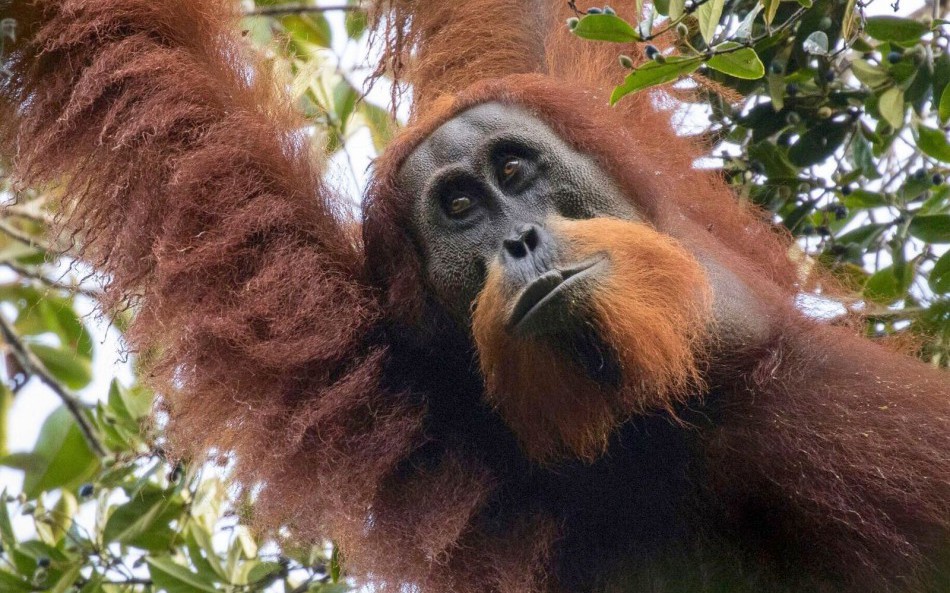A global expert on infrastructure says that China’s Silk Road plan to crisscross half of the Earth with massive transportation and energy projects is environmentally the riskiest venture ever undertaken. Distinguished Professor William Laurance from James Cook University in Australia notes:
“China has enormous ambitions.
“But with that comes enormous responsibilities.”
Writing in the Nature Sustainability journal, Professor Laurance joined an international team urging China to undertake rigorous strategic planning before embarking on its “Belt and Road Initiative,” which will ultimately span at least 64 nations across Asia, Africa, Europe, and the Pacific region.

By mid-century, the Belt and Road could involve 7,000 infrastructure projects and US$8 trillion in investment, the researchers said.

China’s Silk Road initiative is a potential environmental disaster
According to the WWF, China’s Silk Road initiative could impact over 1,700 critical biodiversity areas and hundreds of threatened species. Professor Laurance added:
“China claims its Belt and Road will be a blueprint for responsible development, but that’s going to require it to fundamentally change the way it does business internationally.
“Too many Chinese firms and financiers operating overseas are poorly controlled by their government — in large part because they are so profitable.
“In the last two decades, I’ve seen countless examples of aggressive and even predatory exploitation by Chinese firms, especially in developing nations with weak environmental controls.”

The authors said China has a unique opportunity to change its model of development and become a world-leader in sustainability. Professor Laurance explained that:
“China is doing a much better job of improving environmental safeguards inside China than internationally.
“It’s produced a mountain of green documents and promises about the Belt and Road, but a leopard doesn’t just change its spots overnight.
“China has a unique opportunity, but if it’s ‘business as usual,’ then I think the costs for the environment and economic risks for investors could be flat-out scary.”
Provided by: James Cook University [Note: Materials may be edited for content and length.]







